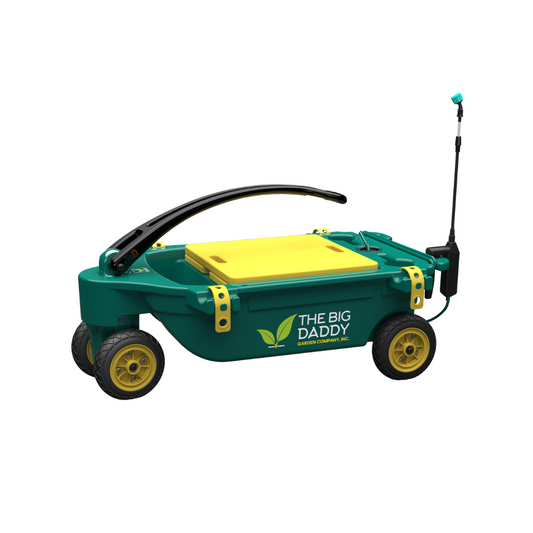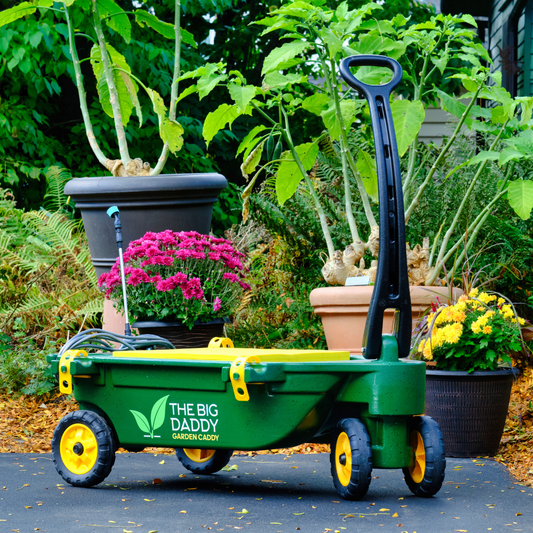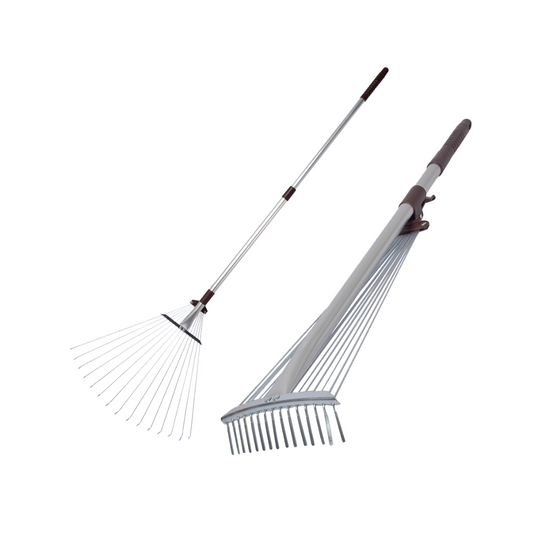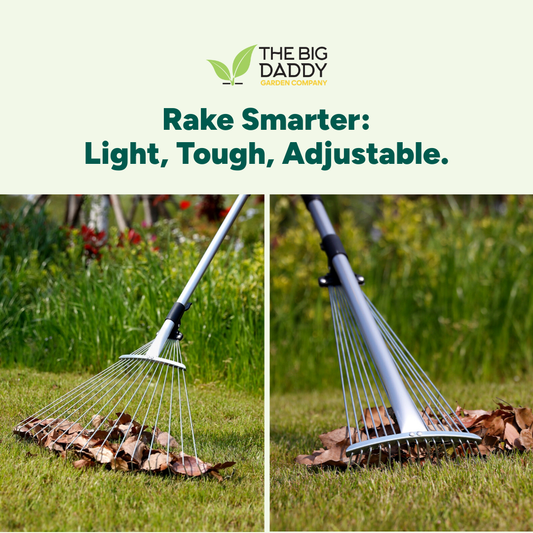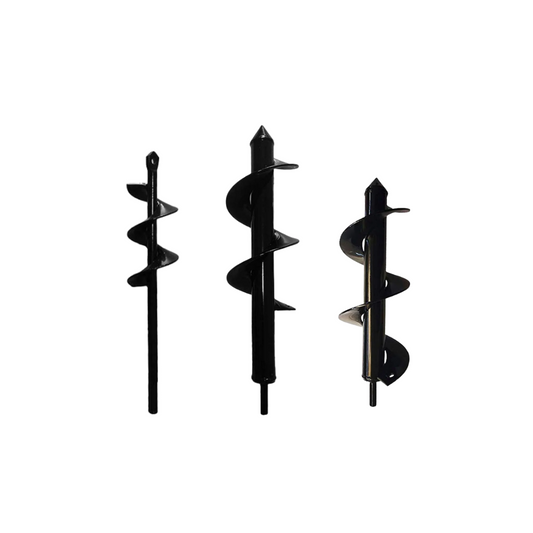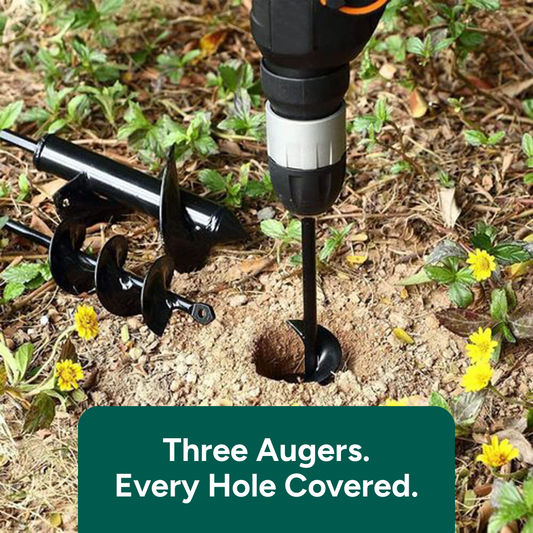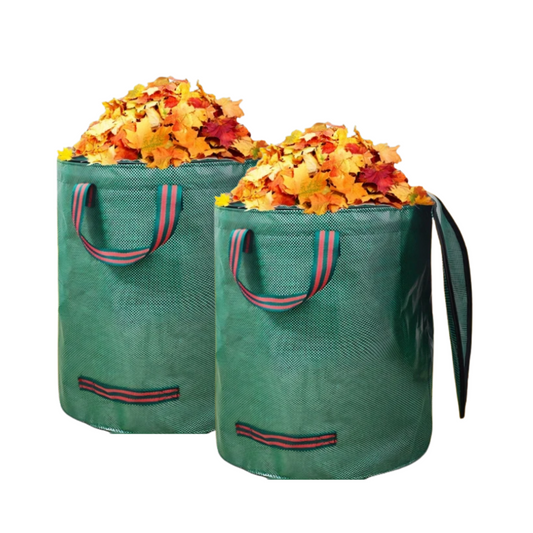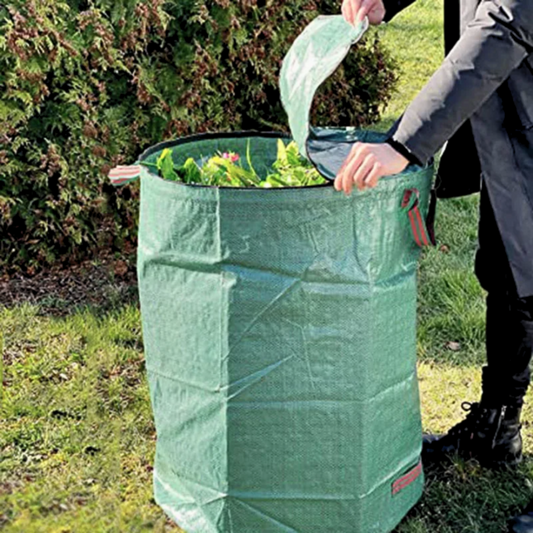
One Man's Table Scraps...
One Man’s Table Scraps: The Importance of Composting and How to Make Your Own
You’ve heard the expression, “one man’s trash is another man’s treasure”? Well, when it comes to table scraps, they can become your garden’s greatest treasure! When it comes to gardening, one of the most powerful tools isn’t found in a store—it’s probably sitting in your kitchen or backyard. Composting is a simple, natural process that transforms everyday waste into rich, nutritious soil. It’s not just great for your garden—it’s great for the planet.
Last week, we talked about the importance of quality soil. Today, Dirt Don’s Hurt with Big Daddy will explore why composting is so important and how you can easily start your own compost pile or bin, no matter the size of your space. Let’s dig in!
Why Composting Matters
1. Reduces Waste
Food scraps and yard waste make up more than 30% of what we throw away. Instead of sending this organic material to a landfill where it produces methane (a powerful greenhouse gas), composting recycles it into something useful.
2. Builds Healthier Soil
Compost adds essential nutrients back into the earth. It improves soil structure, helps retain moisture, encourages beneficial organisms, and supports plant growth—all without the need for chemical fertilizers.
3. Saves Money
By composting at home, you reduce the amount of trash you need hauled away and cut back on the need to buy soil conditioners, fertilizers, or mulches.
4. Supports Sustainable Gardening
Using compost reduces your environmental impact and promotes a more natural gardening cycle. It closes the loop—what comes from the earth returns to it.
What You Can Compost:
Compost is made from two basic types of materials:
- Greens – Items rich in nitrogen (e.g., fruit and vegetable scraps, coffee grounds, tea bags, grass clippings)
- Browns – Items rich in carbon (e.g., dry leaves, twigs, cardboard, paper, straw)
A good compost pile contains a mix of both. Aim for about 3 parts browns to 1 part greens.
✅ Things You CAN Compost:
- Fruit and vegetable peels
- Coffee grounds and filters
- Tea bags (check for plastic content)
- Eggshells
- Shredded paper or newspaper
- Cardboard
- Dead leaves and grass clippings
❌ Things You SHOULD NOT Compost:
- Meat, bones, or dairy (attract pests)
- Fats, oils, or grease
- Pet waste
- Diseased plants or invasive weeds
- Glossy or coated paper
How to Start Your Own Compost Pile
You don’t need fancy equipment to start composting—just the right ingredients, a bit of space, and a little patience.
Step 1: Choose Your Composting Method
- Outdoor Compost Pile or Bin: Perfect for backyards. Use a compost bin or designate a corner of your yard.
- Tumbler Composters: Enclosed and easy to turn, these help speed up decomposition and keep things tidy.
- Indoor Composting: Use a countertop bin with a charcoal filter for scraps, then transfer to an outdoor pile or a worm bin (vermicomposting).
Step 2: Build Your Base
Start with a layer of browns—sticks or dry leaves—to help with air flow and drainage.
Step 3: Add Your Greens and Browns
As you collect kitchen scraps and yard waste, alternate layers of green and brown materials. Chop larger items to speed up decomposition.
Step 4: Keep It Moist
The pile should be damp like a wrung-out sponge. If it’s too dry, add water. If it’s too wet or smells bad, add more browns.
Step 5: Turn It Regularly
Every week or two, use a pitchfork or shovel to mix the pile. This introduces oxygen, which helps break down materials faster and keeps odors at bay.
Step 6: Wait and Watch
In a few weeks to a few months, your compost will turn dark, crumbly, and earthy-smelling. That means it’s ready!
Using Your Finished Compost
Once your compost is ready, use it to:
- Enrich garden beds
- Top-dress your lawn
- Mix into potting soil
- Feed houseplants
- Mulch around shrubs and trees
Your plants will love it—and you’ll love how healthy your garden looks and feels.
Conclusion
Composting is one of the easiest, most impactful ways you can support your garden and the environment at the same time! By turning food scraps and yard waste into nutrient-rich compost, you reduce landfill waste, build better soil, and grow healthier plants—all from the comfort of your own home.
So gather your scraps, grab a shovel, and get started! Because when it comes to gardening and sustainability, composting is where the magic begins!

